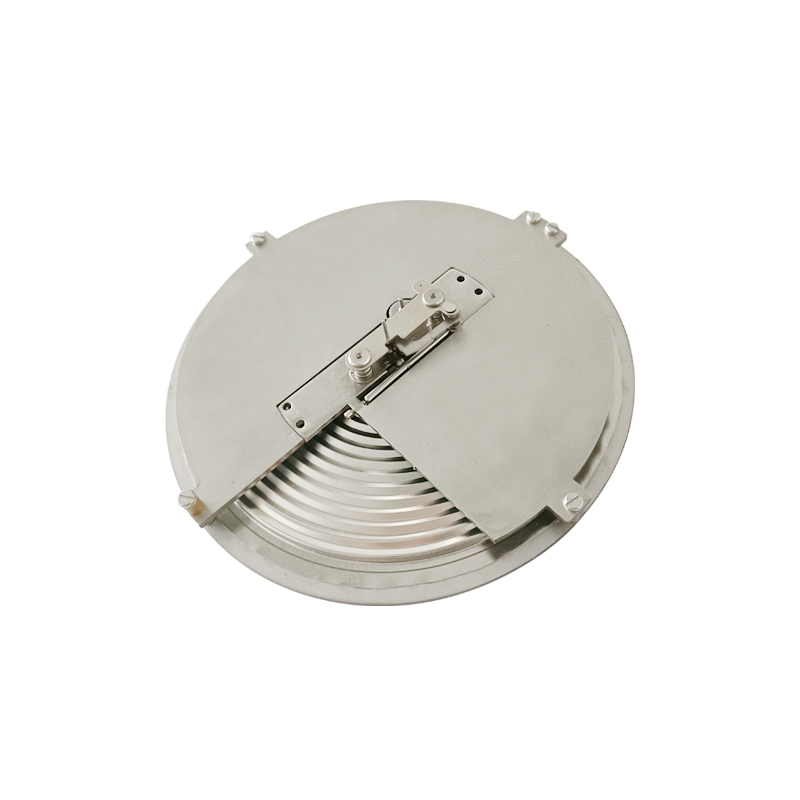
Oct . 09, 2024 17:24 Back to list
jah diaphragm pressure gauge
Understanding the JAH Diaphragm Pressure Gauge An Essential Tool in Various Industries
Pressure measurement is a vital aspect of many industrial processes, and the JAH diaphragm pressure gauge is a prominent instrument used for this purpose. Known for its accuracy and reliability, this device is designed to measure pressure in various applications, from HVAC systems to chemical processing plants. In this article, we will explore the fundamental principles of diaphragm pressure gauges, the specific features of the JAH model, its applications, and the benefits it offers to users.
The Basics of Diaphragm Pressure Gauges
A diaphragm pressure gauge functions based on the principle of elastic deformation. At the heart of the device is a flexible diaphragm made from materials such as stainless steel, which responds to changes in pressure. When pressure is applied to one side of the diaphragm, it causes the diaphragm to deform. This deformation is then translated into a readable measurement through a mechanical linkage to a needle on a dial or a digital display.
This type of gauge is particularly favored for measuring the pressure of gases and liquids where the medium might be corrosive or viscous. The diaphragm's design allows it to handle a wide range of pressures without being compromised by the characteristics of the fluids it measures.
Features of the JAH Diaphragm Pressure Gauge
The JAH diaphragm pressure gauge is distinguished by several key features that enhance its performance and reliability. One of the notable aspects is its robust construction. The gauge is designed with a high-quality stainless steel housing, providing protection against harsh environmental conditions and ensuring longevity.
Additionally, JAH gauges come equipped with a wide range of diaphragm materials, allowing customization based on the specific application. For instance, in corrosive environments, a special coating can be applied to the diaphragm to prevent degradation. Furthermore, the accuracy of JAH gauges is typically within ±1% of full scale, making it a trusted device in critical applications.
Another important feature is the gauge's ability to withstand high temperatures and pressures. This makes it suitable for use in industries such as oil and gas, pharmaceuticals, and food processing. Some models also offer additional functionalities, such as electrical outputs for integration with control systems, data logging capabilities, and even remote monitoring options.
Applications of JAH Diaphragm Pressure Gauges
jah diaphragm pressure gauge

The versatility of the JAH diaphragm pressure gauge allows it to be employed across a wide array of industries. In the oil and gas sector, these gauges are essential for monitoring pipeline pressures and ensuring operational safety. They help prevent leaks and failures that can lead to environmental disasters.
In HVAC systems, JAH gauges are used to monitor the pressure of refrigerants, ensuring the systems operate efficiently and effectively. This is crucial for maintaining comfortable indoor environments while also conserving energy.
In the chemical processing industry, where reactions can generate significant pressure, the accuracy of pressure measurement is paramount. JAH gauges are widely used in reactors, tanks, and valves to provide operators with real-time data for optimal performance and safety.
Benefits of Using JAH Diaphragm Pressure Gauges
Using JAH diaphragm pressure gauges comes with several advantages. Firstly, their accuracy and reliability lead to improved process control, enabling businesses to maintain product quality and safety standards. This is particularly critical in industries with stringent regulatory requirements.
Secondly, the robust construction of JAH gauges reduces the need for frequent replacements or repairs, resulting in lower operational costs in the long run. Users can trust that their equipment will withstand harsh conditions and continue to perform well over time.
Moreover, the ability to customize gauges to fit specific applications means that companies can ensure they are using the best possible tools for their needs. This flexibility further enhances the operational efficiency of various processes.
Conclusion
In conclusion, the JAH diaphragm pressure gauge is an invaluable tool across various industries, known for its accuracy, reliability, and robust construction. Its ability to measure pressure under challenging conditions makes it essential for maintaining safety and efficiency in operations. As industries continue to demand higher standards of performance, the JAH diaphragm pressure gauge will undoubtedly remain a trusted instrument in the toolbox of engineers and technicians worldwide.
-
Precision Differential Pressure Gauge Assembly Reliable & Customizable Solutions
NewsMay.29,2025
-
WIKA Sanitary Diaphragm Pressure Gauge High Precision & Durability
NewsMay.29,2025
-
HD Fire Pressure Gauges High Accuracy & Durable Solutions
NewsMay.28,2025
-
Custom Singles Capsule Systems Top Exporters & Factories
NewsMay.28,2025
-
Piston-Style Differential Pressure Gauges Precision & Durability
NewsMay.28,2025
-
WIKA Differential Pressure Gauge 700.04 High-Accuracy Industrial Measurement
NewsMay.28,2025
